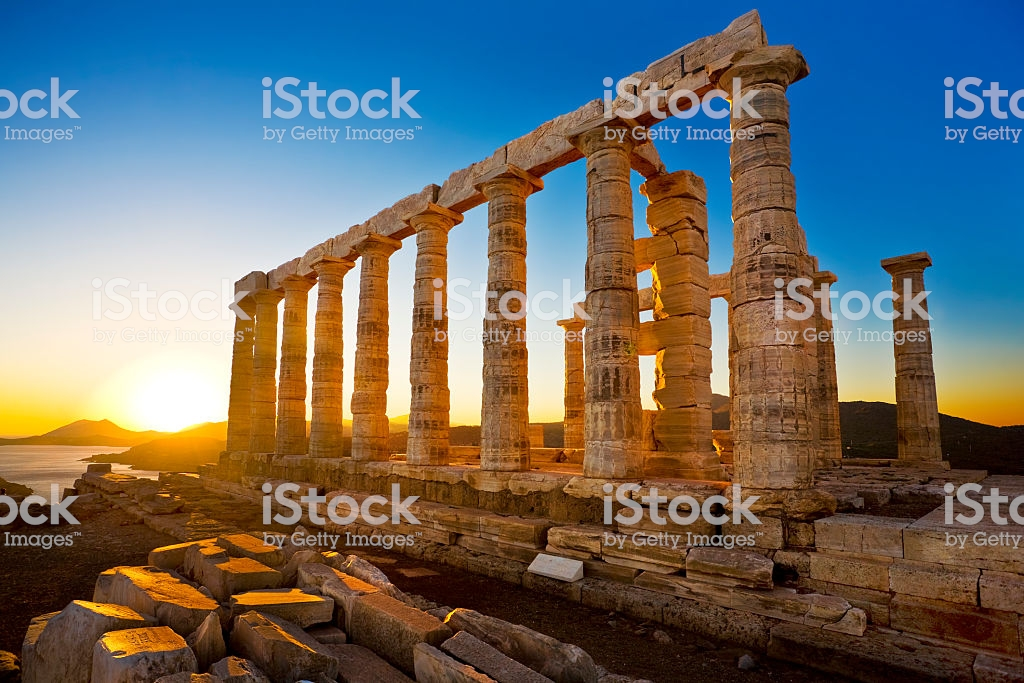GREEK ORIGIN OF DEMOCRACY
δῆμος + κράτος
In the year 507 B.C., the Athenian leader Cleisthenes introduced a system of political reforms that he called demokratia, or “rule by people” from δῆμος (people) and κράτος (power). It was born the first known democracy in the world.
The system was comprised of 3 separate institutions:
- ekklesia which wrote laws and dictated foreign policy.
- boule, a council of representatives from the Athenian tribes.
- dikasteria, popular courts in which citizens argued cases before a group of lottery-selected jurors.
WHO COULD VOTE IN ANCIENT GREECE?
Herodotus, the ancient Greek historian wrote: “In a democracy, there is first equality before the law.”

It was true that Cleisthenes’ demokratia abolished the political distinctions between the Athenian aristocrats who had long monopolized the political decision-making process and the middle- and working-class people who made up the army and the navy.
However, the “equality” was limited to a small segment of the Athenian population in Ancient Greece. For example, in Athens in the middle of the 4th century there were about 100,000 citizens (Athenian citizenship was limited to men and women whose parents had also been Athenian citizens), about 10,000 metoikoi, or “resident foreigners,” and 150,000 slaves.
Out of all those people, only male citizens who were older than 18 were a part of the demos, meaning only about 40,000 people could participate in the democratic process.
The Ekklesia
Athenian democracy was a direct democracy made up of three important institutions.
The first was the ekklesia, or Assembly, the sovereign governing body of Athens. Any member of the demos--any one of those 40,000 adult male citizens--was welcome to attend the meetings of the ekklesia, which were held 40 times per year in a hillside auditorium west of the Acropolis called the Pnyx. At the meetings, the ekklesia made decisions about war and foreign policy, wrote and revised laws and approved or condemned the conduct of public officials. The group made decisions by simple majority vote.
The Boule
The second important institution was the boule, or Council of Five Hundred. The boule was a group of 500 men, 50 from each of ten Athenian tribes, who served on the Council for one year.
Unlike the ekklesia, the boule met every day and did most of the hands-on work of governance. It supervised government workers and was in charge of things like navy ships (trirremes) and army horses. It dealt with ambassadors and representatives from other city-states. Its main function was to decide what matters would come before the ekklesia. In this way, the 500 members of the boule dictated how the entire democracy would work.
The Dikasteria
The third important institution was the popular courts, or dikasteria.
Every day, more than 500 jurors were chosen by lot from a pool of male citizens older than 30. Of all the democratic institutions, Aristotle argued that the dikasteria “contributed most to the strength of democracy” because the jury had almost unlimited power. There were no police in Athens, so it was the demos themselves who brought court cases, argued for the prosecution and the defense and delivered verdicts and sentences by majority rule.
The End of Athenian Democracy
Around 460 B.C., under the rule of the general Pericles (generals were among the only public officials who were elected, not appointed) Athenian democracy began to evolve into something that we would call an aristocracy: the rule of what Herodotus called “the one man, the best.” Though democratic ideals and processes did not survive in ancient Greece, they have been influencing politicians and governments ever since.